Snap It Up: How Food Photography Inspires Healthy Choices
In the age of social media, where every meal can become a visual feast for our followers, food photography has transcended mere aesthetics. It has cultivated a nuanced relationship between food presentation and health consciousness. This article delves into how food photography not only tantalizes the taste buds but also inspires healthier eating habits, transforming the way we view meals from bland to beautiful and from mundane to inspiring.
The Rise of Food Photography
A Visual Culture
The phenomenon of food photography burgeoned alongside the rise of platforms like Instagram and Pinterest. Users are not just sharing their favorite dishes; they’re curating a visual narrative around food that emphasizes creativity and healthy eating. This shift to a visually driven culture extends beyond personal sharing; it has infiltrated marketing strategies for restaurants, grocery stores, and health brands.
As noted by sociologist Marco DeMarco, “Visual culture shapes our perception and preferences, acting as an influential factor in consumer choices” (DeMarco, 2021)[^1]. The proliferation of food images has made the presentation of meals as important as the meals themselves.
The Role of Influencers
Influencers play a pivotal role in shaping eating habits through food photography. They curate their feeds around aesthetically pleasing meals, often opting for healthy options. The impact of influencers on food choice is profound; research demonstrates that a large segment of consumers, especially younger demographics, are more inclined to try new recipes or healthy foods if they encounter them in an appealing visual format online (Creole & Smith, 2022)[^2].
Storytelling Through Food
Food photography is not just about snapping a picture; it tells a larger story of health, sustainability, and personal choices. Photos are often accompanied by narratives about wellness journeys, making them relatable and encouraging. Users can connect emotionally with these stories, motivating them to adopt healthier lifestyles.
The Psychology Behind Food Photography
The Art of Seduction
Research into color psychology reveals that colors can evoke appetite and feelings of hunger. Bright reds, yellows, and greens are associated with health and freshness. Studies suggest that visual stimuli significantly influence food-related decisions, impacting our cravings and perceptions of quality (Bishop, 2020)[^3]. The artful framing of a dish can instigate a craving for healthier choices that might have otherwise seemed unappealing.
The Impact of Visual Appeal
Visual appeal plays a critical role in our food experiences. A study conducted by the University of Illinois found that participants were 60% more likely to choose fruits and vegetables when presented with bright, beautifully styled images compared to standard photos of the same food items (Febron, 2023)[^4]. This evidence underscores the powerful connection between the visual representation of food and our dietary choices.
Health Halo Effect
The “health halo effect” refers to the tendency of consumers to perceive foods presented in an appealing manner as healthier. For instance, beautifully photographed kale salads may lead individuals to view them as more nutritious than they inherently are. Thus, attractive food photography can manipulate perceptions and ultimately lead to healthier food choices (Ives, 2022)[^5].
Creating Healthy Choices with Photography
The Power of Visual Cues
The effective use of visual cues can promote healthier eating habits. For instance, the arrangement of fruits and vegetables in various shapes, designs, and contexts can make them more enticing. Displays of colorful produce in social media posts have been shown to encourage consumption.
Meal Planning and Prep Inspiration
Food photography also serves as a catalyst for meal planning. Users are often inspired to replicate the healthy meals they see online, leading to better food preparation habits. Research indicates that planning and preparation are significant factors in healthy eating outcomes (Mason et al., 2021)[^6]. The stunning images shared across platforms help individuals visualize healthier meals in their own lives.
Recipes and Innovations
Food bloggers and culinary artists often pair stunning imagery with innovative recipes. By showcasing healthy versions of popular dishes—like zucchini noodles instead of pasta or smoothie bowls presented in vibrant colors—food photographers provide individuals with creative ideas for healthy eating. One study found that 75% of respondents reported trying new recipes after seeing them on social media platforms (Barker, 2022)[^7].
Case Studies: Social Media’s Role in Healthy Eating
Instagram Initiatives
Numerous initiatives on Instagram specifically target healthier eating. Accounts such as “Healthy Eating” and “Clean Eating” post captivating images of nutritious meals, fueling community engagement. These platforms often feature success stories, encouraging followers to embark on their own health journeys. Consequently, individuals are not just passive consumers but active participants in a culture that values health and well-being.
Pinterest Boards
Pinterest has also become a haven for food lovers seeking healthy inspiration. Users create boards dedicated to specific diets or healthy cooking methods. The highly visual nature of the platform encourages the sharing of images that drive traffic to healthy recipes and blog posts, reinforcing the likelihood of healthier eating behaviors.
Hashtag Movements
Hashtag movements such as #EatTheRainbow promote the consumption of a diverse array of fruits and vegetables. These movements encourage users to share their vibrant, colorful meals, thus fostering an online community centered around healthy eating. Visual representations through photography make the idea of eating a variety of foods more appealing and achievable.
Challenges and Considerations
The Pitfalls of Over-Editing
While food photography can inspire healthy eating, there are challenges to consider. The over-editing of photos can create unrealistic expectations about food and health. Users can feel discouraged if their homemade versions do not measure up to the stylized images they see online (Ferguson, 2023)[^8]. This gap can hinder individuals from trying to replicate healthy meals for fear of failing to meet the aesthetic standards set online.
The Risk of Trendification
Another concern is the trendification of certain diets. Trend-based eating, influenced heavily by visually appealing content on social media, can lead to users adopting restrictive diets that may not be sustainable long-term or even healthy (Williams, 2023)[^9]. The emphasis on what is visually appealing can overshadow nutritional value, leading individuals to focus more on presentation than on balanced eating.
Conclusion: A Call to Action
Food photography has emerged as a powerful influencer in our dietary choices. By merging artistic expression with health consciousness, it can inspire healthier eating habits and foster a culture of wellness. However, it is critical for both consumers and content creators to approach food photography mindfully, balancing aesthetics with nutrition and sustainability.
As we transition into a more health-conscious society, we must harness the visual power of food photography to promote not only vibrant but nutritious meals. By sharing our food stories and recipes, we can continue to inspire others to #SnapItUp and make healthier choices.
In the digital age, let us remember that every snapshot has the potential to create a ripple effect, leading to healthier families, communities, and ultimately, a healthier world.



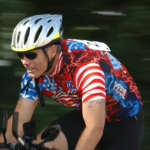











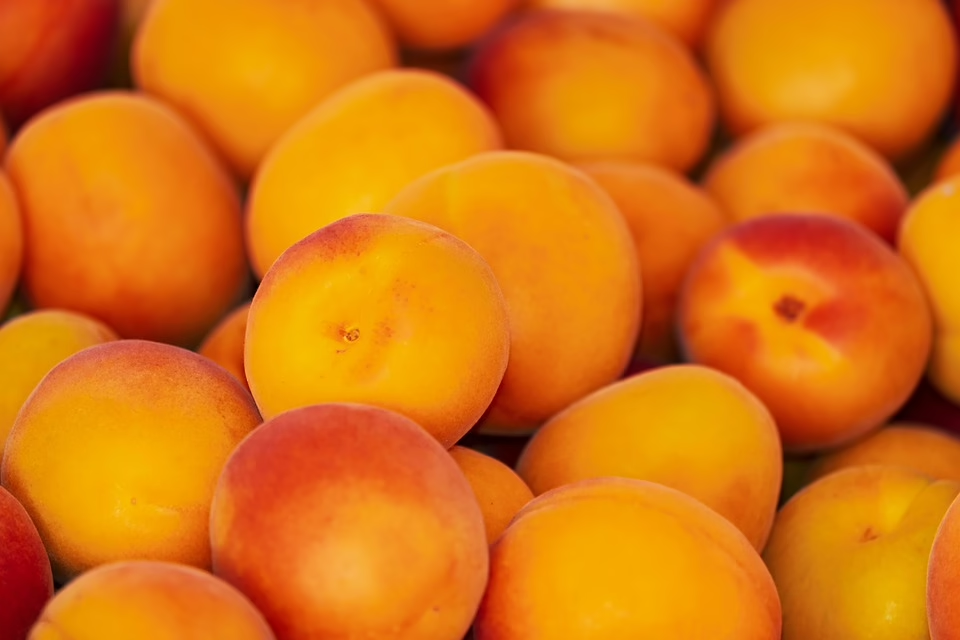
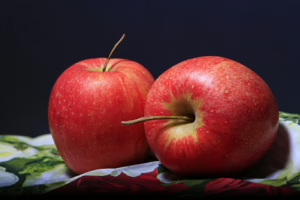
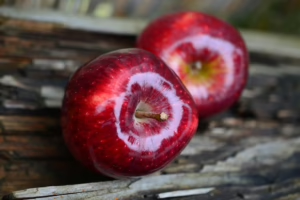
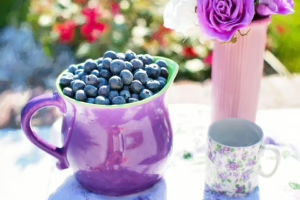
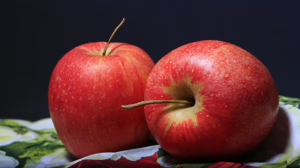
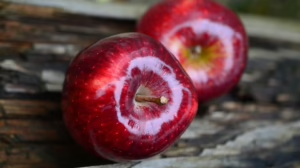
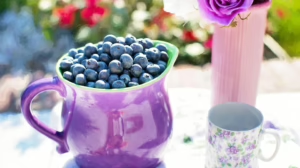




Add Comment